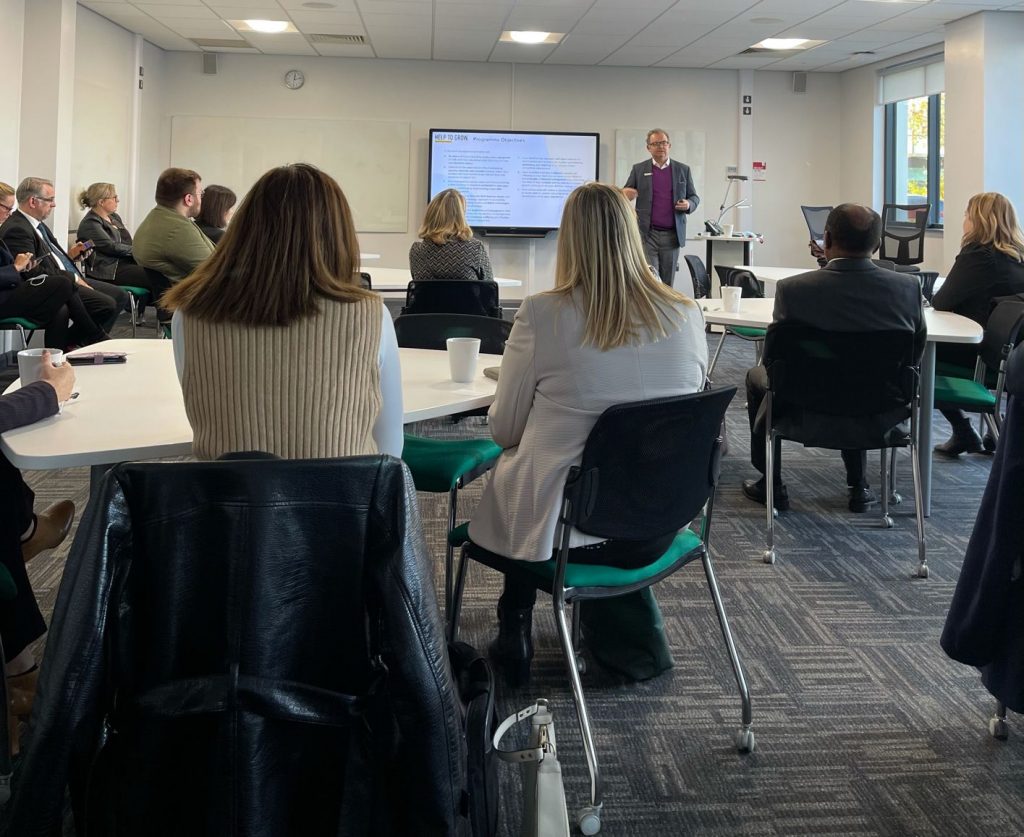By Lynne Williams – Lecturer, Dept of Justice, Security & Sustainability.
Lockdowns, restrictions and working from home have it seems become the norm after nearly two years. The initial struggle of mastering Zoom meetings was soon replaced with a taste of an improved work-life balance for many and it seems they want more of it. With increased flexibility, where work is about what you do, not where you do it, employees found time and space to deliver and manage their personal lives with better effect.
Research tells us that traditional office working is unproductive, that open plan offices drain creativity, and the average commute of an hour increases instances of depression … and yet it seems the mantra of “back to the office” for more productive “watercooler gossip” is once again hailed as the way from the “new normal” to old normal!
Thankfully, many are recognising the opportunity and forward-thinking employers are seen to offer greater flexibility, smart use of technology and promote cultures of collaboration and accountability. With increasing focus on skills shortages and the “great resignation” seeing record levels of vacancies with few applicants, it seems that employees are voting with their feet. Fighting the battle for talent with wage rises maybe feasible for some in 2022 but widening recruitment and retention strategies to provide job quality and increased flexibility is strategic and cultural step which all employers can take.
Culture by Design
Company culture is no longer the domain of theorists and academics, intentional culture should be at the top of every strategy and is certainly within the sphere of influence for CEOs and Senior Leaders alike. As your organisation puts out the welcome mat; creating a positive employee focused culture will be critical in defining purpose as well as profit in order to attract and retain at a time when employees have spent many months evaluating how and where they spend their lives.
The Employee Experience
Often thought as of the HR function, the employee experience which has been long discussed and often overlooked is now at the forefront with issues such as workplace design, wellbeing and resilience now on the agenda. The focus is on finding solutions which build engagement, make employees more productive and happier. This is an opportunity for HR and Leaders to become increasingly employee-centric, consultative and innovative in their approaches and solutions
Further reading and sources.
https://hbr.org/2019/11/the-truth-about-open-offices
https://patient.info/news-and-features/is-your-commute-bad-for-your-health
https://www.gartner.com/en/human-resources/insights/employee-experience












